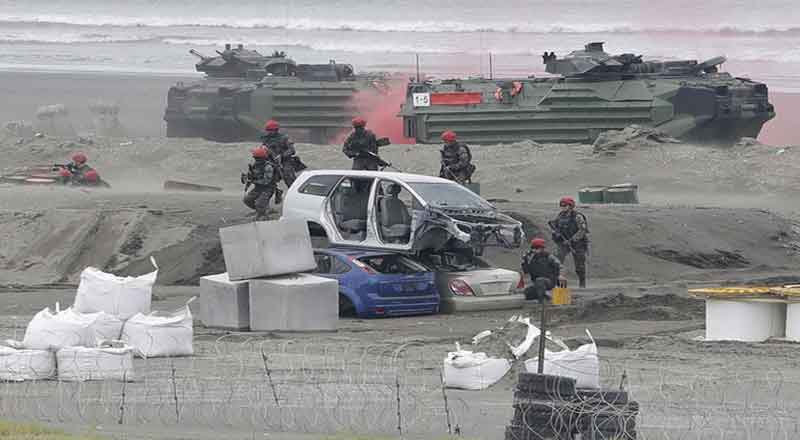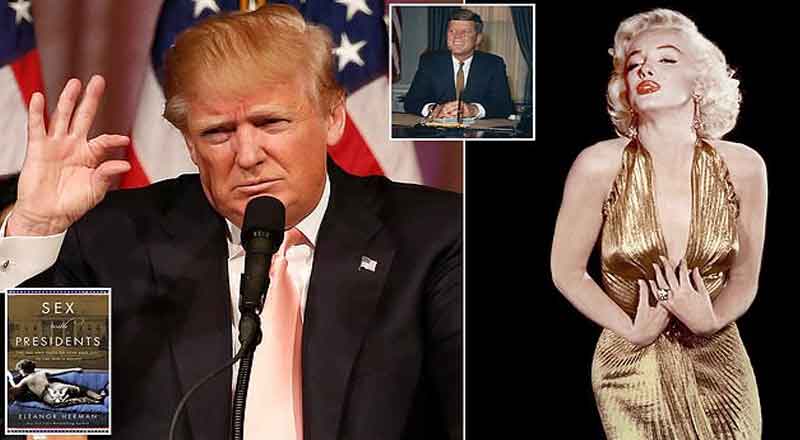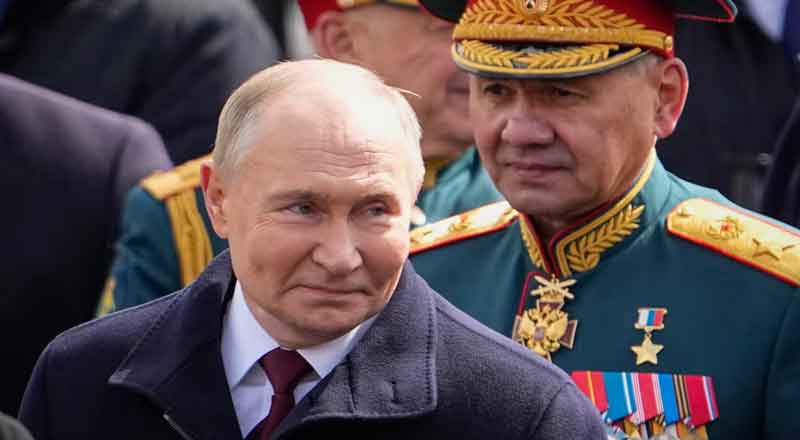- The US announces $345M in military aid for Taiwan, including defense systems and training, to counter China.
- While Chinese diplomats protested the move, Taiwan said the U.S. decision to pull arms and another materiel from its stores provided “an important tool to support Taiwan’s self-defence.”
- Taiwan split from China in 1949 amid a civil war. Chinese President Xi Jinping maintains China’s right to take over the now self-ruled island, by force if necessary.
- China regularly sends warships and planes across the center line in the Taiwan Strait providing a buffer between the sides, as well as into Taiwan’s air defense identification zone.
- The U.S. should “stop selling arms to Taiwan” and “stop creating new factors that could lead to tensions in the Taiwan Strait,” China said.
The U.S. announced $345 million in military aid for Taiwan, in what is the Biden administration’s first major package drawing on America’s own stockpiles to help Taiwan counter China.
The White House’s announcement said the package would include defense, education, and training for the Taiwanese. Washington will send man-portable air defense systems, or MANPADS, intelligence and surveillance capabilities, firearms, and missiles, according to two U.S. officials who spoke on the condition of anonymity to discuss sensitive matters ahead of the announcement.
U.S. lawmakers have been pressuring the Pentagon and White House to speed weapons to Taiwan. The goals are to help it counter China and to deter China from considering attacking, by providing Taipei enough weaponry that it would make the price of invasion too high.
While Chinese diplomats protested the move, Taiwan’s trade office in Washington said the U.S. decision to pull arms and other materiel from its stores provided “an important tool to support Taiwan’s self-defense.”
The package is in addition to nearly $19 billion in military sales of F-16s and other major weapons systems that the U.S. has approved for Taiwan. Delivery of those weapons has been hampered by supply chain issues that started during the COVID-19 pandemic and have been exacerbated by the global defense industrial base pressures created by Russia’s invasion of Ukraine.
Taiwan split from China in 1949 amid a civil war. Chinese President Xi Jinping maintains China’s right to take over the now self-ruled island, by force if necessary. China has accused the U.S. of turning Taiwan into a “powder keg” through the billions of dollars in weapons sales it has pledged.
The U.S. maintains a “One China” policy under which it does not recognize Taiwan’s formal independence and has no formal diplomatic relations with the island in deference to Beijing. However, U.S. law requires a credible defense for Taiwan and for the U.S. to treat all threats to the island as matters of “grave concern.”
Ukraine “was more of a cold-start approach than the planned approach we have been working on for Taiwan, and we will apply those lessons,” Hicks said. Efforts to resupply Taiwan after a conflict erupted would be complicated because it is an island, she said.
China regularly sends warships and planes across the center line in the Taiwan Strait that provides a buffer between the sides, as well as into Taiwan’s air defense identification zone, in an effort to intimidate the island’s 23 million people and wear down its military capabilities.
Liu Pengyu, a spokesman for China’s embassy in Washington, said in a statement that Beijing was “firmly opposed” to U.S. military ties with Taiwan. The U.S. should “stop selling arms to Taiwan” and “stop creating new factors that could lead to tensions in the Taiwan Strait,” Liu said.
(With inputs from agencies)





